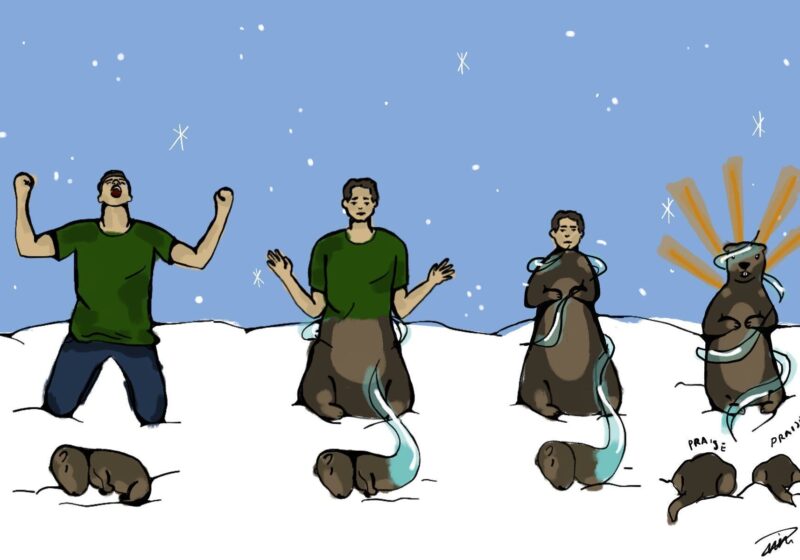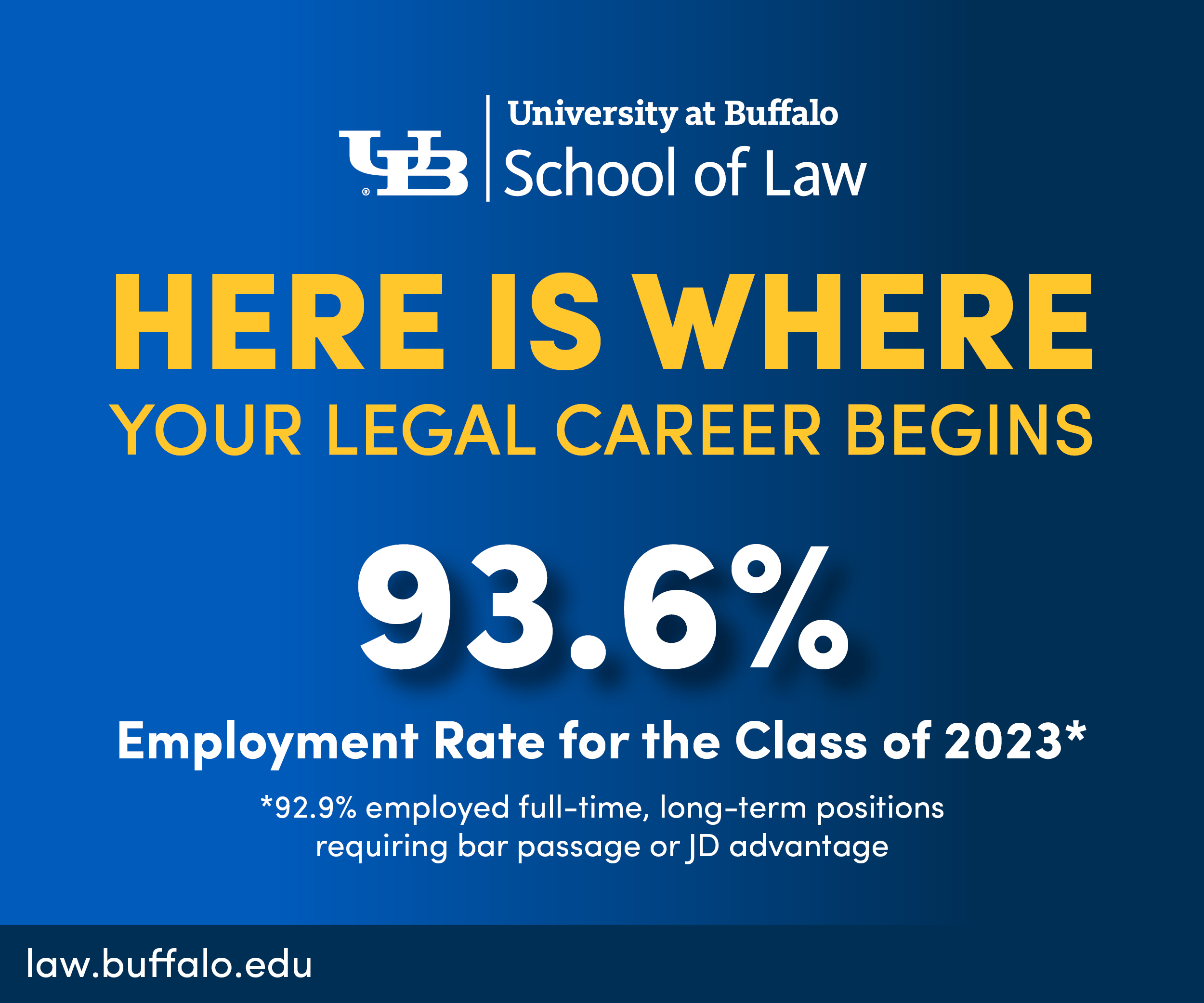Since winter break, many students may have noticed something different with their phones. When they are called from a campus phone ? or call someone else off campus ? something pops up on caller identification other than the expected “caller ID not available.” They get the phone number (585) 756-4800 and either the word “health” or “UROCHSTRONGHOSP.”
Interestingly enough, the phone number does not have a UR 27x prefix, and if you call the number you recieve a message saying that the number has been disconnected.
According to Analyst/Programmer Trainee with the University Telecommunications Division Kim Burks “[UTD] made the change so people with caller ID would know they were receiving a call from the university.”
She continued to explain that UTD had been getting complaints from doctors at Strong Memorial Hospital whose patients would not answer the phone because their caller identification said the number of the caller was unavailable and thus did not know it was their doctor calling. This change attempts to rectify that problem.
Junior Sian C”irns had not noticed the change until recently but when she did notice she was not thrilled.
“I would have to say it’s an act of brilliance that someone calls from The Campus Times and I think its the University Health Service calling,” said C”irns.
When asked what she thinks would be preferable instead, she said, “Accurate information might help. What’s the point of identifying the number [of the caller] if you’re not going to identify it accurately?”
Calls from one campus phone to another having an LCD screen brings up the actual phone number of the caller as well as giving their location on campus.
Paris can be reached at tparis@campustimes.org.


